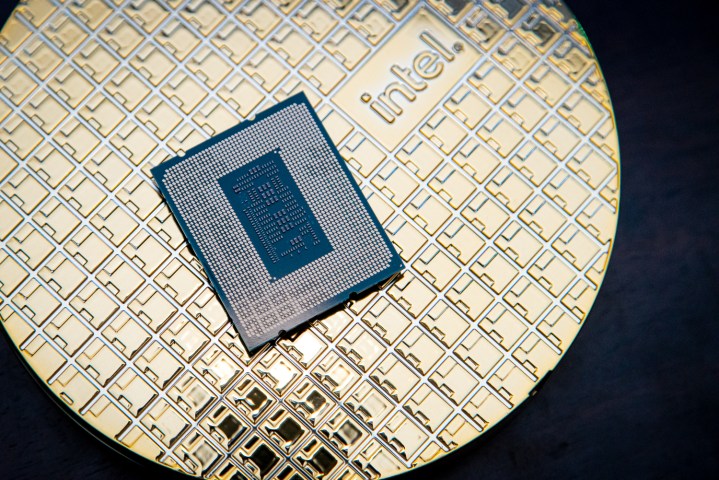
Intel and motherboard makers aren’t on the same page about what exactly “default” means for high-end CPUs like the Core i9-13900K and Core i9-14900K. Intel has issued its first public statement regarding the wave of instability on its most powerful CPUs, but it doesn’t address the problem directly.
Here’s the statement that was shared with Digital Trends in full:
“Several motherboard manufacturers have released BIOS profiles labeled ‘Intel Baseline Profile.’ However, these BIOS profiles are not the same as the ‘Intel Default Settings’ recommendations that Intel has recently shared with its partners regarding the instability issues reported on 13th- and 14th-gen K SKU processors.
These Intel Baseline Profile BIOS settings appear to be based on power delivery guidance previously provided by Intel to manufacturers that describes the various power delivery options for 13th- and 14th-generation K SKU processors based on motherboard capabilities.
Intel is not recommending motherboard manufacturers to use “baseline” power delivery settings on boards capable of higher values.
Intel’s recommended Intel Default Settings are a combination of thermal and power delivery features, along with a selection of possible power delivery profiles based on motherboard capabilities.
Intel recommends customers to implement the highest power delivery profile compatible with each individual motherboard design as noted in the table below.”
Here’s that table for reference:

As if the situation with Intel’s recent instability issues wasn’t confusing enough, we’re now seeing two different naming conventions. There’s the “Intel Baseline Profile,” which we’ve seen motherboard vendors like Asus, Gigabyte, and ASRock implement, and there’s the “Intel Default Settings,” which is a list of recommended specifications now being provided by Intel.
Despite stating it wasn’t blaming motherboard vendors for instability, Intel is pushing the responsibility to solve the instability problems off on them. According to the statement, the various baseline profiles we’ve seen are based on earlier settings provided to motherboard vendors. That’s resulted in wildly different performance between vendors.
Gigabyte, for example, uses a maximum power of 188 watts with its baseline profile, while Asus uses 253W. That can account for upwards of a 20% difference in performance according to testing done by Hardware Unboxed.
Intel says that it expects the Core i9-13900K and Core i9-14900K to run in the Performance power delivery profile, meaning they can reach up to 253W, while the Core i9-13900KS and Core i9-14900KS run in the Extreme profile, reaching up to 320W. An earlier rumor suggested that Intel would enforce a 188W limit on all motherboards, but this recent statement contradicts that.

Although the statement seems straightforward, motherboard vendors tell Digital Trends that’s not the case. The engineering team from one major motherboard vendor says that it’s not clear how Intel’s baseline settings should be applied, and that this situation “has resulted in new confusion on what should be the default setting.”
Part of that confusion results from the non-standard settings motherboard vendors have used for several generations of Intel releases. Vendors tell me that non-standard settings that are safe and reliable are commonly used, particularly on higher-end motherboards. Intel has, in the past, said that these optimizations are “in spec” and it relies on motherboard vendors to confirm stability for its products.
We’re still not out of the woods on the instability problems facing Intel CPUs. The new guidance will likely prompt motherboard vendors to release new BIOS updates, at which point we’ll get a chance to test if performance holds up under Intel’s recommendations. With the updates we’ve seen thus far, such as the one from Asus, lowering the power deliver profile can result in a performance drop.




